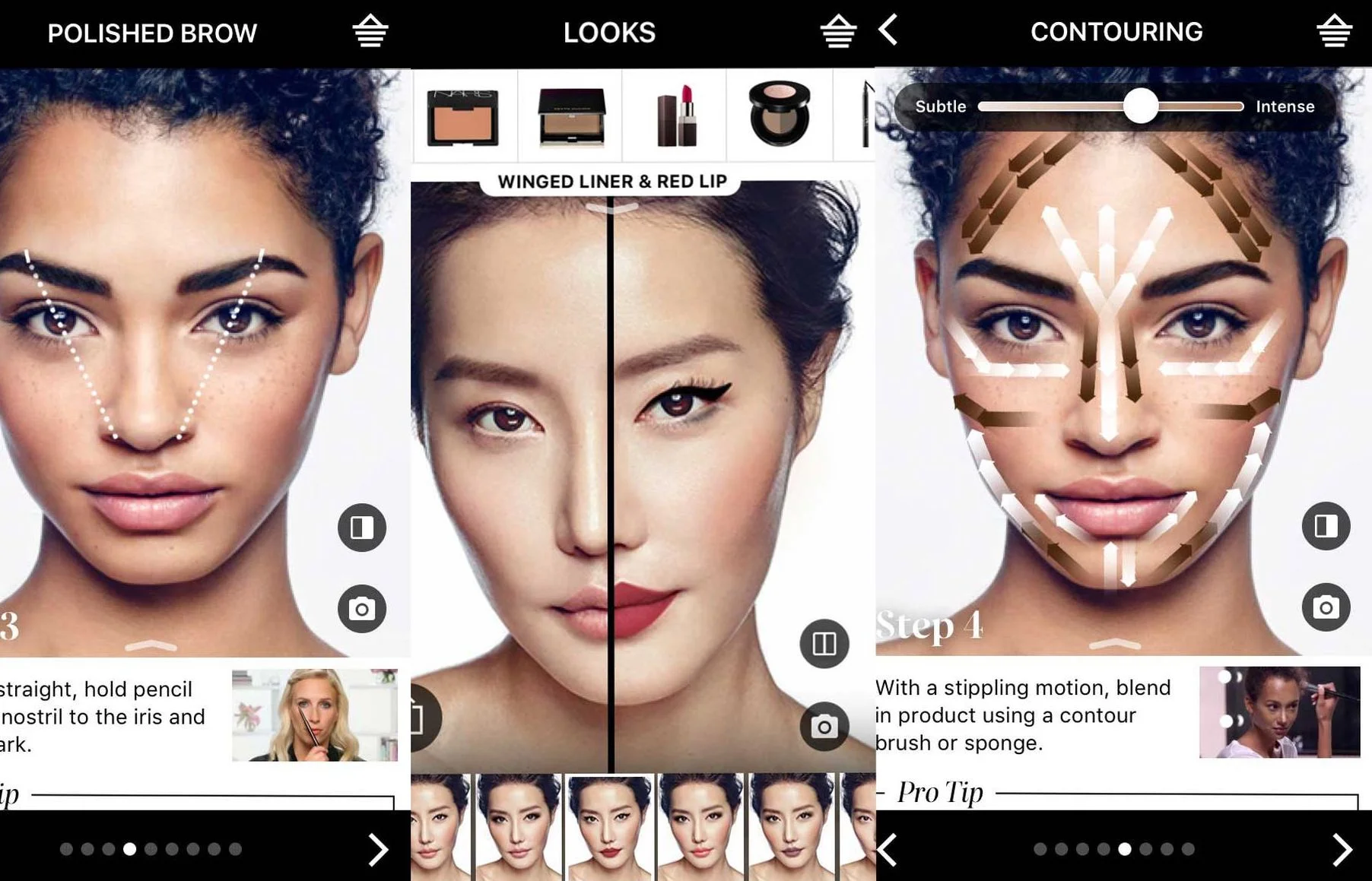We have seen a rise in the past couple of years in the use of augmented reality (AR) within the social media industry. To begin with, it is important to clarify the difference between VR and AR.
VR - virtual reality describes the use of 360-degree video to take you from your current world into a virtual world.
AR - augmented reality transforms the world you are currently in by adding digital information to your line of sight i.e it enhances your current reality rather than replacing it.
It is AR which appears to be growing at a faster rate, with 25% of brands (compared to 21% for VR) expressing interest in using this technology. Brands are using their social media channels to capitalise on this growth and use it as part of their daily communication/interaction with customers. One way brands are doing this is by using AR ads to bring the product to the user, allowing the consumers to test out the product before they buy. It is believed that this
opportunity to test the product before purchase will lead to increased sales and consumer loyalty as more people would add items to their shopping basket as they would be able to make a more informed decision.
Sephora's virtual try-on tutorials
In relation to the beauty industry, AR will allow customers to visualise make-up on their skin tone and face as well as hairstyles. This can be done through an AR-powered mirror and 3D facial tracking and colour rendering. In fact, Sephora has trialled their entire 3,000 shade lipstick collection using AR, each colour can be tried out without a customer even stepping into the store. We will eventually see this AR developed even further into bespoke beauty solutions based on customer’s DNA.
With AR users expected to hit 200 million by 2018 and with the rise in spending on AR ads brands should look to incorporating augmented reality into their marketing strategies. Currently, only the big businesses like Microsoft, Facebook and Apple are using AR to their advantage but more brands should be considering this and in return achieve leverage in what is currently a relatively small market.

